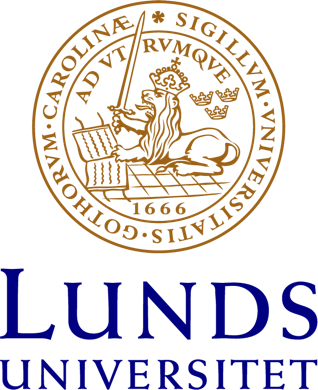Det ”långa” 1800-talet som en andra konfessionell tidsålder
Artikeln, som är ett sammandrag på svenska av mitt föredrag vid CIHEC:s konferens i Exeter 3/7 2003 (som kommer att publiceras av University of Wales), presenterar Olaf Blaschkes tes om 1800-talet som en andra konfessionell tidsålder, modifierar och tillämpar den på nordisk kyrkohistoria som pluralistisk (= mångfaldig), dualistisk och/eller monistisk konfessionalisering.
